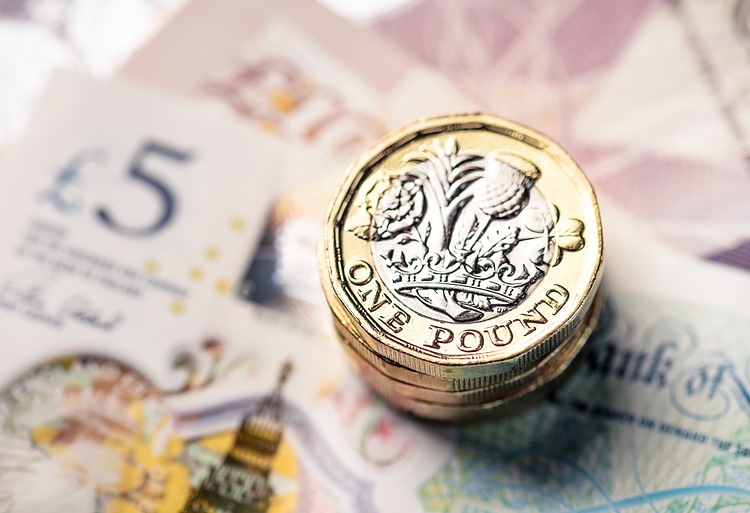The Pound Sterling (GBP) has been relatively stable in recent trading, with Scotiabank’s Chief FX Strategist Shaun Osborne noting that there hasn’t been much movement. However, there are signals that the GBP could be headed for a further drop if it breaks below the key level of 1.3160.
The recent slide in the Euro has had an impact on the GBP, with the currency pair EUR/GBP showing a better tone as it nears 0.84. There is potential for a retest of the July low at 0.8380, which would be the lowest level since August 2022. This suggests that the GBP may be under pressure in the near term.
Short-term trends in the GBP have turned flat following a drop in Cable. While spot trends are currently neutral, a loss of support at 1.3160 could signal the potential for further losses towards 1.3050/60 in the days ahead. This indicates that there could be more downside for the GBP in the short term.
Despite the recent stability in the Pound Sterling, there are potential downside risks that traders need to be aware of. The GBP has been influenced by movements in the Euro, particularly in the EUR/GBP currency pair. If the GBP breaks below 1.3160, it could signal further declines in the coming days.
Traders should keep a close eye on the GBP in the near term, as it could be vulnerable to further downside pressure. The recent flat trends and potential loss of support at 1.3160 suggest that the GBP may be facing some challenges in the days ahead. It will be important to monitor developments in the Euro and other factors that could impact the GBP’s performance.
Overall, the Pound Sterling has been relatively stable in recent trading, but there are signals that it could be headed for a further drop. Traders should be cautious of the potential downside risks and monitor key levels such as 1.3160 for any signs of weakness. Keeping a close watch on the GBP’s performance in relation to other currencies, particularly the Euro, will be key to staying informed and making informed trading decisions.











